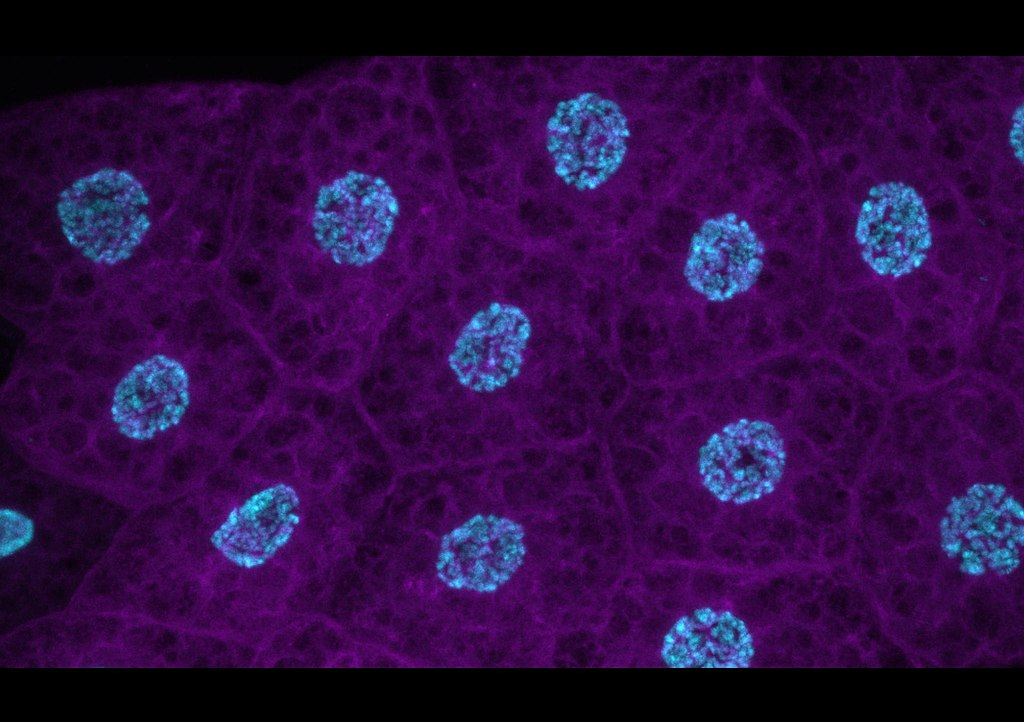Tag: Liver
-

Phytoremediation is the use of green plants and the associated microorganisms to remove or render harmless toxic environmental contaminants
Phytoremediation technologies use living plants to clean up soil, air and water contaminated with hazardous contaminants. It is defined as “the use of green plants and the associated microorganisms, along with proper soil amendments and agronomic techniques to either contain, remove or render toxic environmental contaminants harmless”. The term is an amalgam of the Greek phyto (plant) and Latin remedium (restoring balance). Although…
-
Heme metabolic intermediates
(porphyrin biosynthesis and heme degradation/excretion) and various other notes
-
Transferrins
Transferrins are not limited to only binding to iron but also to different metal ions.
-

Ommochrome (visual pigment) and Kynurenine (a metabolite of the amino acid l-tryptophan used in the production of niacin)
Ommochrome (or visual pigment) refers to several biological pigments that occur in the eyes of crustaceans and insects. The eye color is determined by the ommochromes. Ommochromes are also found in the chromatophores of cephalopods, and in spiders. Ommochromes are metabolites of tryptophan, via kynurenine and 3-hydroxykynurenine. They are responsible for a wide variety of colors, ranging from yellow over red and brown to black. Lighter colors tend to be generated by ommatins,…
-

Enterohepatic circulation
Enterohepatic circulation refers to the circulation of biliary acids, bilirubin, drugs or other substances from the liver to the bile, followed by entry into the small intestine, absorption by the enterocyte and transport back to the liver. Enterohepatic circulation is an especially important concept in the field of toxicology as many lipophilic xenobiotics undergo this process causing repeated liver damage. Enterohepatic circulation allows for recycling of metabolized and non-metabolized compounds,…
-

Fat body
Fat body is a highly dynamic insect tissue composed primarily of storage cells. It is distributed throughout the insect’s internal body cavity; the haemocoel, in close proximity to the epidermis, digestive organs and ovaries. Its main functions are nutrient storage and metabolism, for which it is commonly compared to a combination of adipose tissue and liver in mammals. However, it may also serve a variety of other roles, such as:…
-

Haruspex
In the religion of ancient Rome, a haruspex (plural haruspices; also called aruspex) was a person trained to practise a form of divination called haruspicy (haruspicina), the inspection of the entrails (exta—hence also extispicy (extispicium)) of sacrificed animals, especially the livers of sacrificed sheep and poultry. The reading of omens specifically from the liver is also known by the Greek term hepatoscopy (also hepatomancy). The Roman concept is directly derived from Etruscan religion, as one of…
-

Bārûtu, the “art of the diviner”
The Bārûtu, the “art of the diviner,” is a monumental ancient Mesopotamian compendium of the science of extispicy or sacrificial omens stretching over around a hundred cuneiform tablets which was assembled in the Neo-Assyrian/Babylonian period based upon earlier recensions. At the Assyrian court, the term extended to encompass sacrificial prayers and rituals, commentaries and organ models. The ikribu was the name of collections of incantations to accompany the extispicy.…
-
Pompe Disease
Glycogen storage disease type II, also called Pompe disease, is an autosomal recessive metabolic disorder[1] which damages muscle and nerve cells throughout the body. It is caused by an accumulation of glycogen in the lysosome due to deficiency of the lysosomal acid alpha-glucosidase enzyme. It is the only glycogen storage disease with a defect in lysosomal metabolism, and the first glycogen storage disease to be identified, in…
-
Triiodothyronine, aka T3
Triiodothyronine, also known as T3, is a thyroid hormone. It affects almost every physiological process in the body, including growth and development, metabolism, body temperature, and heart rate. Bowen, R. (2010-07-24). “Physiologic Effects of Thyroid Hormones”. Colorado State University. Retrieved 2013-09-29. Production of T3 and its prohormone thyroxine (T4) is activated by thyroid-stimulating hormone (TSH), which is released from the anterior pituitary gland. This pathway is part of a closed-loop feedback process: Elevated…
-
Progastrin
Progastrin is an 80-amino acid intracellular protein and the precursor of gastrin, a gastrointestinal hormone produced by G cells in the gastric antrum. Fiona M., Gribble; Frank, Reimann; Geoffrey, P. Roberts (2018). Gastrointestinal Hormones. Physiology of the Gastrointestinal Tract, Elsevier. pp. 31–70. The main function of gastrin is to regulate acid secretion. Rehfeld, Jens F.; Goetze, Jens Peter (2005). “2 The Post-Translational Phase of Gene Expression in Tumor…
-

What Is Nitrophenol? (besides something mentioned in ‘Scientific Opinion on the re‐evaluation of aspartame as a food additive’)
Nitrophenols are compounds of the formula HOC6H5−x(NO2)x. The conjugate bases are called nitrophenolates. Nitrophenols are more acidic than phenol itself. Wikipedia Mono-nitrophenols with the formula HOC6H4NO2. Three isomeric nitrophenols exist: o-Nitrophenol (2-nitrophenol; OH and NO2 groups are neighboring; CAS number: 88-75-5), a yellow crystalline solid (m.p. 46 °C). m-Nitrophenol (3-nitrophenol, CAS number: 554-84-7), a yellow solid (m.p. 97 °C) and precursor to the…
-

Long-Term Aspartame Administration Leads to Fibrosis, Inflammasome Activation, and Gluconeogenesis Impairment in the Liver of Mice
Simple Summary Aspartame is an artificial sweetener used in foods and beverages worldwide to prevent increasing obesity and diabetes mellitus, acting as a tool to help the control of caloric intake. However, its chronic intake is controversial since it has been linked to some adverse effects including oxidative stress, inflammation, and liver damage through mechanisms…
NOTES
- 🧬 Disease Table with Low Sodium Connection
- 🧂 Sodium Reduction and Sodium Replacement: A History of Reformulation and Exploding Diseases, Including Many Diseases Unheard of Before Deadly Sodium Policies
- 🧂 The DEADLY 1500 mg Sodium Recommendation predates the WHO’s formal global sodium reduction push by nearly a decade (and it’s even worse than that)
- 🧬 What Is Beta-Glucuronidase?
- When Sugar Was Salt: Crystalline Confusion and the Covenant of Sweetness
Tags
ADAM ASPARTAME Birds Blood Bones Brain Bugs Cancer Columba Cows crystallography Death Death cults Eggs Etymology Gastrin Gold Growth hormone History Hormones Insulin Liver Mere Perplexity Metal Monkey Business Mythology Paracetamol Plants Poison Pregnancy Protein Religion Reproduction Rocks Salt Slavery Snakes Sodium the birds and the bees Thiocyanate Tobacco Tylenol Underworld Venom zinc

